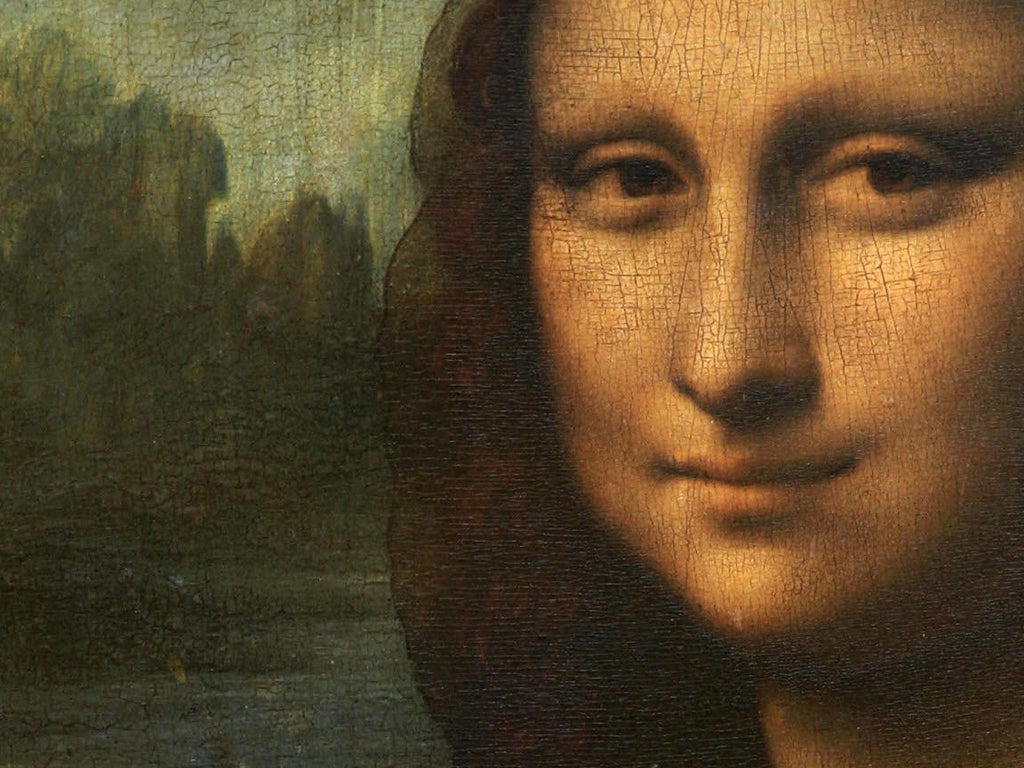Mona Lisa smile 'based on Leonardo da Vinci's gay lover', claims art historian
Silvano Vinceti believes the famous painting is an amalgamation of two models: Lisa Gherardini and Gian Giacomo Caprotti

Mona Lisa’s iconic smile was based on Leonardo Da Vinci’s probable gay lover, an art historian has claimed.
The famous portrait that hangs in the Louvre in Paris has undergone infra-red analysis to give the art world more insight into one of the world’s most renowned paintings.
Following his examinations, Silvano Vinceti believes the artwork is an amalgamation of two models: a rich Florentine merchant’s wife, Lisa Gherardini, and da Vinci’s apprentice Gian Giacomo Caprotti, known to the artist as Salai, or Little Devil.
“The Mona Lisa is androgynous - half man and half woman,” he told The Telegraph, explaining that he studied other paintings based on Salai and found striking similarities. “You see it particularly in Mona Lisa’s nose, her forehead and her smile. We’ve come up with an answer to a question that has divided scholars for years. Who was the Mona Lisa based on?”
It is thought that Salai began working for da Vinci when he was around 10-years-old, after joining the artist’s household in 1490. He stayed for the next two decades. Gherardini married Francesco del Giocondo, whose family owned an extravagant villa during the period in which da Vinci painted the Mona Lisa (between 1503 and 1506). Vinceti has been excavating a covent in Florence for four years with the aim of unearthing Gherardini’s remains.
As ever with artistic theories, Vinceti’s conclusions have not gone unchallenged. Martin Kemp, a leading da Vinci expert and professor emeritus of history of art at Trinity College, Oxford, has dismissed the claims as “a mishmash of known things, semi-known things and complete fantasy”.
“The infra-red images do nothing to support the idea that Leonardo somehow painted a blend of Lisa Gherardini and Salai,” he said, adding that too little is known about Salai’s appearance.
“Giorgio Vasari (a contemporary painter and a chronicler of Renaissance artists) described him as a pretty boy with curly hair, but that was a standard type of the era,” he continued. “It featured in Leonardo’s work long before Salai came on the scene.”
Popular theories about the Mona Lisa abound, with some art lovers claiming that a lost original featured the model nude. Others believe that the portrait once had eyebrows and eyelashes, while some are convinced that da Vinci created multiple versions of the painting.
For now, the Mona Lisa remains as enigmatic and mysterious as her smile.
Join our commenting forum
Join thought-provoking conversations, follow other Independent readers and see their replies
Comments